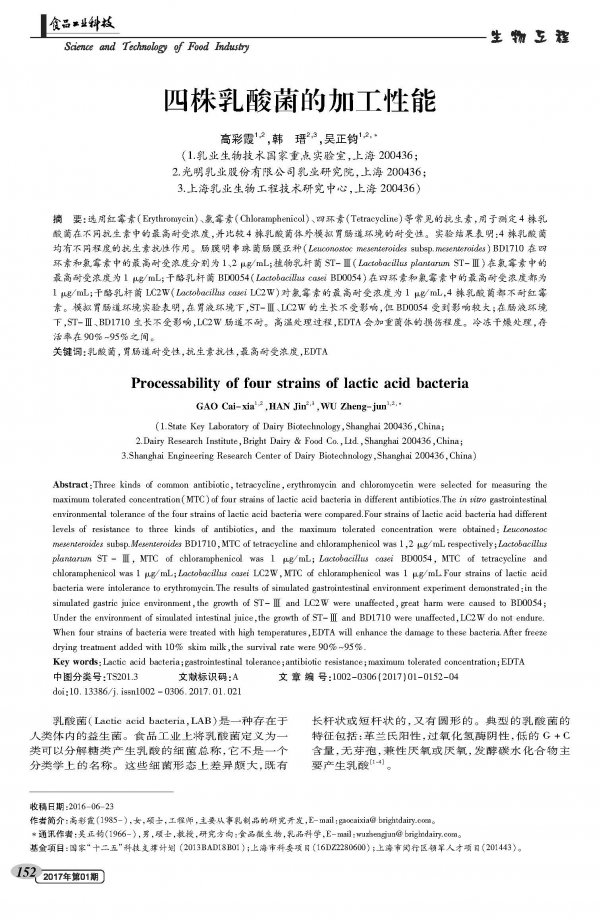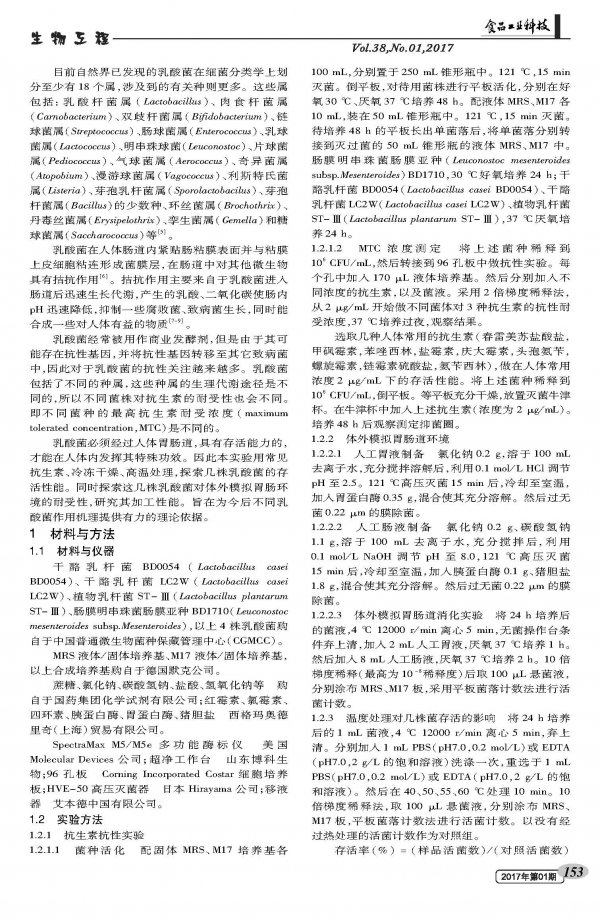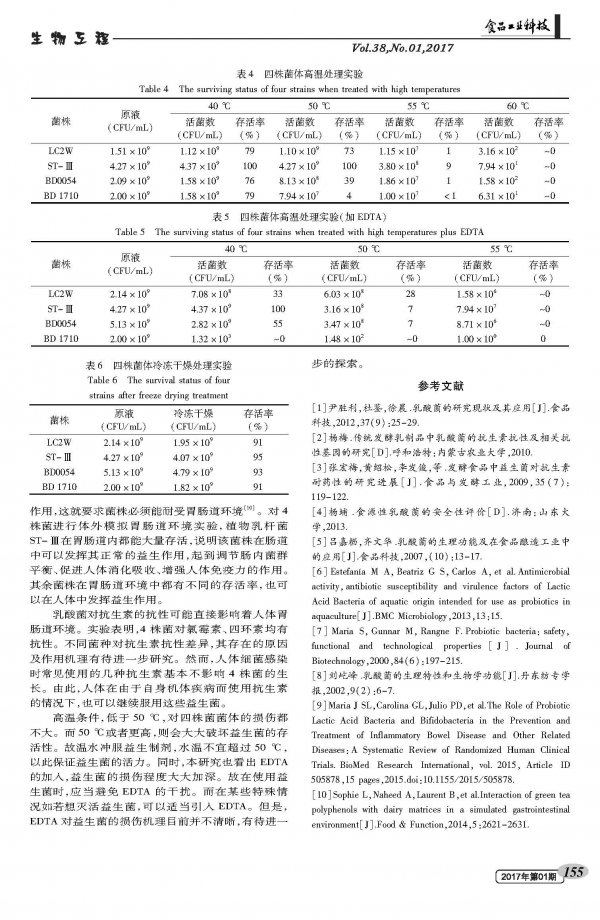Lactic acid bacteria are probiotics found in humans. In the food industry, lactic acid bacteria are defined as a general name for bacteria that can break down sugars to produce lactic acid. It is not a taxonomic name. These bacteria vary widely in shape, ranging from long rods to short rods to round ones.
Lactic acid bacteria are often used as commercial starters, but because of the possible presence of resistance genes and the transfer of resistance genes to other pathogenic bacteria, there is increasing concern about resistance to lactic acid bacteria. Lactic acid bacteria include different species, and the physiological metabolic pathways of this species are different, so different strains will have different tolerance to antibiotics. That is, the highest antibiotic tolerance concentrations of different strains are different.
Lactic acid bacteria must pass through the human gastrointestinal tract and have the ability to survive in order to exert their special effects in the human body. Therefore, the common antibiotics, freeze-drying and high-temperature treatment in this experiment explore the survival performance of several strains of Lactobacillus. At the same time, the tolerance of these strains of lactic acid bacteria to the simulated gastrointestinal environment in vitro was investigated, and the processing properties were studied. The aim is to provide a strong theoretical basis for the future mechanism of different lactic acid bacteria.



